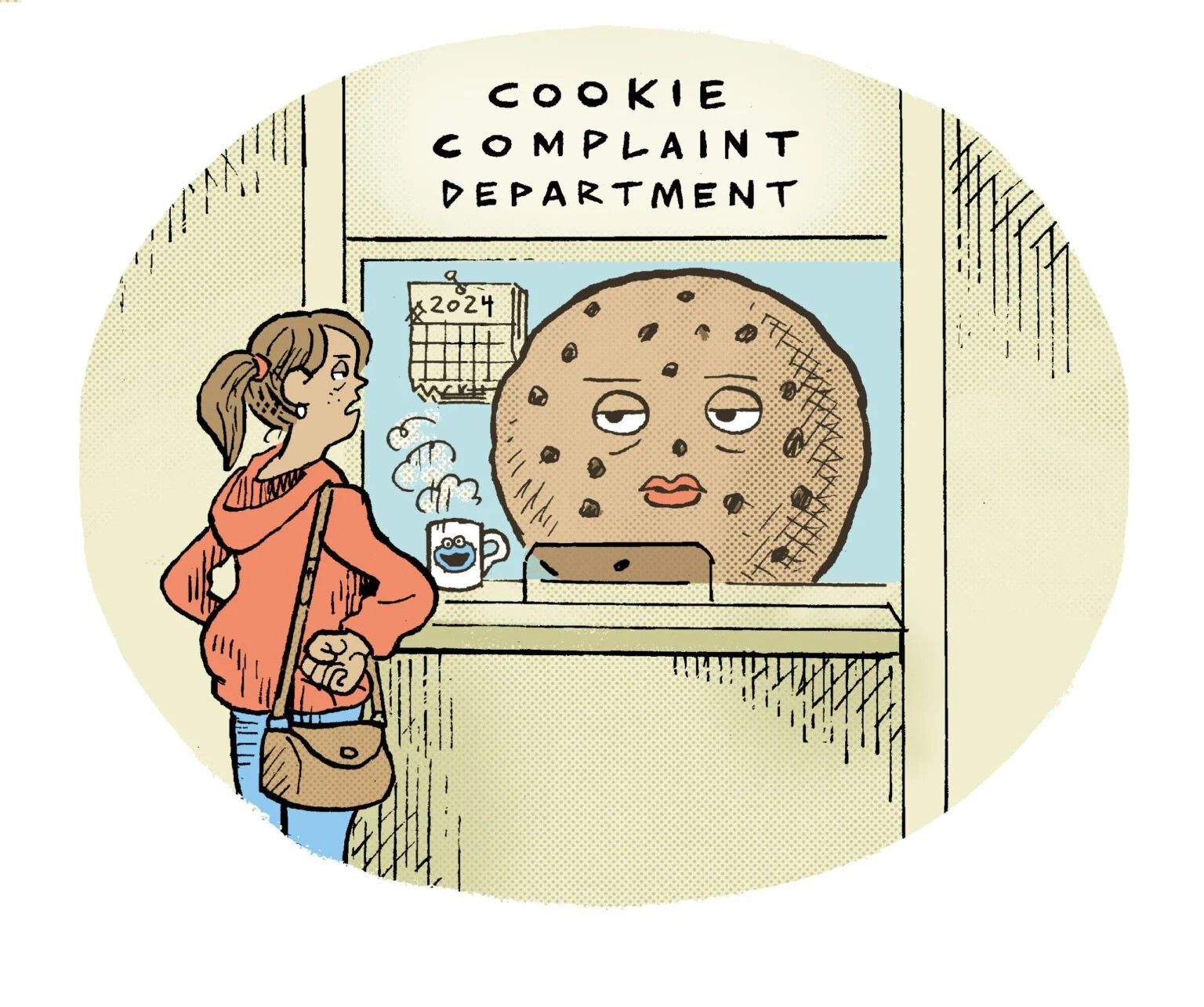Why Privacy Sandbox Testers Are Relieved Google Delayed The Cookie’s Demise

Google gave third-party cookies yet another stay of execution. And the digital ad industry is not shocked.
For companies that have been testing Google’s cookie alternative, the Chrome Privacy Sandbox, another delay was starting to feel inevitable, even before Google shifted its deprecation deadline Tuesday to an undisclosed date “early next year,” citing “ongoing challenges…reconciling divergent feedback.”
There are still just too many unanswered questions for the rollout to have moved ahead as planned.
For example, more than 350 issues remain open in Privacy Sandbox GitHub repositories, where programmers voice their concerns, said Raptive Chief Strategy Officer Paul Bannister.
Meanwhile, the UK’s Competition and Markets Authority (CMA), which is providing regulatory oversight for the Sandbox rollout, has given ad tech vendors and publishers until the end of June to submit feedback. Waiting for that feedback was one reason Google cited in missing its deadline. So far, the CMA has received input from at least 21 ad tech companies, publishers and industry groups.
But Google has thus far made no changes in response to issues flagged by the CMA in its Q4 2023 oversight report, according to Bannister. And the CMA’s Q1 2024 report, which released today, reaffirmed several of these lingering issues.
Much of that feedback highlighted anticompetitive concerns that seem to put Google at an advantage in Sandbox ad auctions. And the industry and the CMA have also raised red flags about the Sandbox’s detrimental effects on publisher CPMs and the level of control media owners will have over auction dynamics.
AdExchanger spoke to several sources who have been testing the Privacy Sandbox about the most contentious points of the new technology and where Chrome’s quest for a cookie alternative should go from here.
Timeline troubles
In short, Google’s plan to fully phase out cookies by the end of this year never really made sense to many who were testing it. Tech vendors in particular are breathing a sigh of relief.
“Spending the time to get things right and work out the gaps is the right call,” said PubMatic SVP of Marketplace and Addressability Andrew Baron.
On the now-abandoned timeline, the CMA would have decided whether Google could proceed with its deprecation plan by mid-year. If allowed, Google would have removed cookies from Chrome just in time for the busiest part of the marketing calendar.
“Making a major change like this in Q4 of an election year would not have been a good idea,” said Bannister.
Google also only introduced a test audience for the Privacy Sandbox in January, when it deprecated cookies for 1% of Chrome traffic.
Meaning the industry would have had just six months to collaborate with Google and the CMA on completely overhauling 20 years’ worth of ad tech progress and infrastructure, said Audigent Founder and CEO Drew Stein.
While the 1% of traffic test was sufficient for testing the mechanics of the Sandbox, it was “not robust enough to fully understand its impact on market dynamics like CPMs and fill rates,” said GumGum CTO Ken Weiner.
SSPs and DSPs also seemed to differ on how large the test audience needed to be to derive real insights.
The 1% pool was enough for SSPs because of their visibility into ad auctions, said Index Exchange President and CEO Andrew Casale, but buyers told him they needed a cookieless audience closer to 5% to assess the Sandbox’s impact on market dynamics.
Pressure on the CMA
It’s clear not everyone in the ecosystem felt they had the time or resources to adequately test the Privacy Sandbox, which could arguably extend to the CMA itself.
Companies have had trouble getting clarity on the CMA’s expectations for how Chrome would ramp up from 1% cookie deprecation to 100%. And they’ve also had trouble nailing down the CMA’s competitive criteria for kiboshing the Sandbox rollout.
“There are still things that have to be looked at, and areas where [the CMA] asked for more time to consider things,” said Quantcast CEO Konrad Feldman. However, the CMA should be given credit for collaborating with the industry and taking on the task of overseeing a complete overhaul of the ad tech ecosystem, he added.
Though every facet of its oversight wasn’t clear, the CMA has been open not just to receiving feedback but also facilitating testing. For example, the CMA provided an A/B testing framework that seemed very well thought out, Casale said.
The CMA’s heaviest lift, though, is evaluating the Sandbox’s under-the-hood impacts on competition within ad auctions and the resulting downstream effects on publishers.
For example, the Topics API showed a data advantage to large, multitopic sites – such as YouTube, which is owned by Google, said Raptive’s Bannister.
And multiple sources said they have expressed concerns to the CMA about Google Ad Manager’s (GAM) status as top-level seller for Privacy Sandbox auctions. Critics argue it’s possible Google would be able to outbid other SSPs’ bid prices because GAM’s status lets it run its own auction – with its own demand sources – after other SSPs have run theirs.


